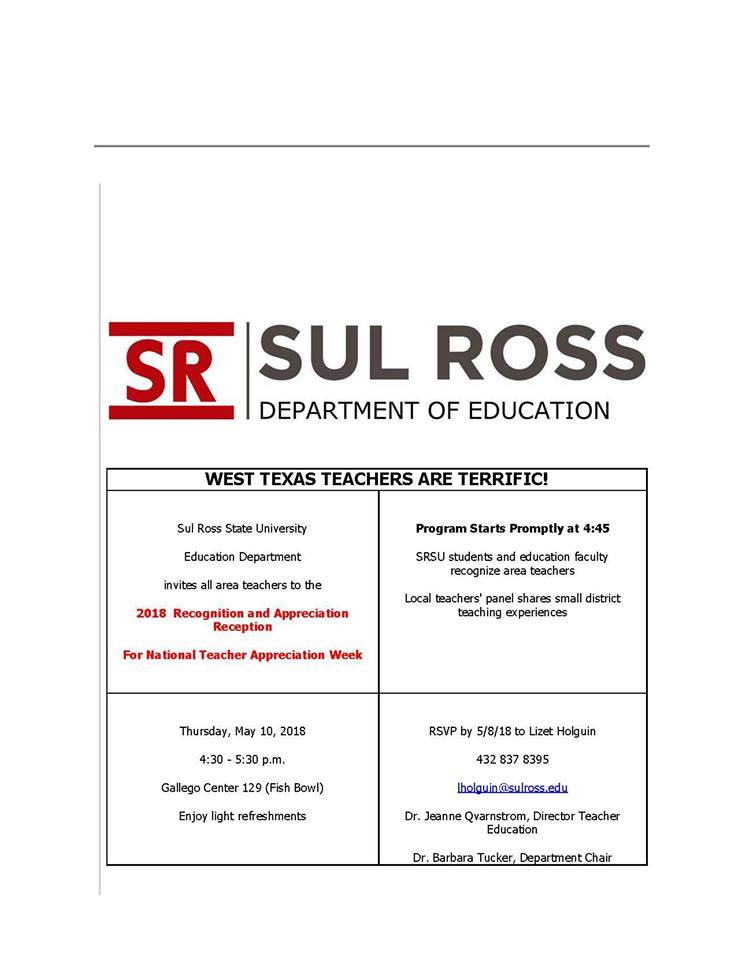
Author: Dr. Jennifer Miller-Ray
Teaching Students How To Be Digital Citizens – Social Media Resource
Social media can serve as a great resource toward improving communication, collaboration, critical thinking, and creativity between all education stakeholders. Recent research sponsored by The US Students communicate, research, collaborate, create and publish online with or without the help of parents or educators. The social networks students use are conducive to so many facets of modern learning. How can educators equip students with the skills and knowledge to become effective social media professionals?
Review District Social Media Policies
Before you establish a class account, it is essential to check with an administrator to see what your school or district policies are on social media. If social media is going to be a presence in your classroom, it has to be done carefully and in a safe manner. When considering whether or not to integrate social media into your classroom, it is also important to ask questions and consider the pros and cons.
- Who is your audience? What age group and content areas?
- How will you use social media as a community learning resources?
- What partners need to be included?
- How will you leverage social media to change my teaching practices, improve communication, improve the level of engagement, or improve learning outcomes.
- What benefits do you expect?
- What social media applications would be best suited to your curriculum content, to your students’ needs, and your current practices and methodologies?
- How much of a learning curve is there for you to adopt this platform? Do you have time and or resources in your district to help you?
Deciding on a Safe Social Media Integration Approach
Educators can also create a simple social media contract to alert parents, invite families to participate, and collect student usernames. Most social media websites and apps require that kids be 13 to sign up. Despite what many think, this isn’t to limit kids’ exposure to inappropriate content but due to the Children’s Online Privacy Protection Act (COPPA), which prevents companies from collecting certain information from kids under 13. Rather than create an environment that protects kids from data tracking, Facebook and other websites and apps choose to restrict access to those under 13. Digital citizenship needs to be a constant consideration and reminder throughout the process. Many tools can be safely monitored and set to a private group such as Kidblog, Google Apps for Education, and Edmodo.
- Use privacy settings.
- Remind students often to think before they post.
- Encourage parental participation.
- Keep private information private.
- Be respectful to to others. Kindness matters.
Model Use
One of the best ways to begin is through your own modeling of appropriate use. As parents, grandparents and educators, part of our job is to teach and model how to safely navigate the physical world. Why would it be any different in the virtual world? How can you begin. Start by connecting with experts. Skype in the Classroom is a great way to bring in a guest speaker for a day. Use social media to engage in real conversations about learning with other classrooms and experts. Modeling use of social media through authentic, real-life situations is the best way to ensure our students will not only know how to use social media responsibly, but will also understand why doing so is important. One way to address this is by engaging in real conversation. Use social media mistakes as an opportunity to teach, not punish. When a student inevitably used social media in a less-than-desirable way, they would take the opportunity to discuss, not admonish, their decision-making process for what was posted. This allowed students to “fail” within the safe confines of school and learn from their mistakes before similar mistakes as adults could have lifelong consequences.
Resources to Start
- Social Media in the Classroom – https://www.accreditedschoolsonline.org/resources/classroom-social-media/
- Guide to Using Twitter in Your Teaching Practice,” via KQED
- “Twitter For Teachers,” via Scholastic Instructor
- “One-Stop-All-You-Need-to-Know Guide to Twitter,” via David Truss’ blog
- “50 Ways to Use Twitter in the Classroom,” via TeachHUB
- A How-To Guide for Teachers Using Facebook in the Classroom,” via Education Week
- “Does Facebook Really Have a Place in the Classroom?” via The Telegraph
- “7 Ways Teachers Use Social Media in the Classroom,” via Mashable
- “The Facebook Guide for Teachers,” via eLearning Industry
- “10 Ways to Use Instagram in the Classroom,” via We Are Teachers
- “The Educator’s Guide to Instagram and Other Photo Sharing Apps ,” via The Edublogger
- Free Parents’ Guides for Snapchat, Instagram, and Facebook from ConnectSafely, via ConnectSafely.org
- “Using Instagram in the Classroom: Five Activities,” via Education World
https://www.youtube.com/watch?v=riZStaz8Rno
Recognition and Appreciation Reception for National Teacher Appreciation Week Invitation
Sul Ross State University Education Department invites all area teachers to the 2018 Recognition and Appreciation Reception for National Teacher Appreciation Week. We appreciate you and hope to see you on May 10th at 4:30 at the Gallego Center.


